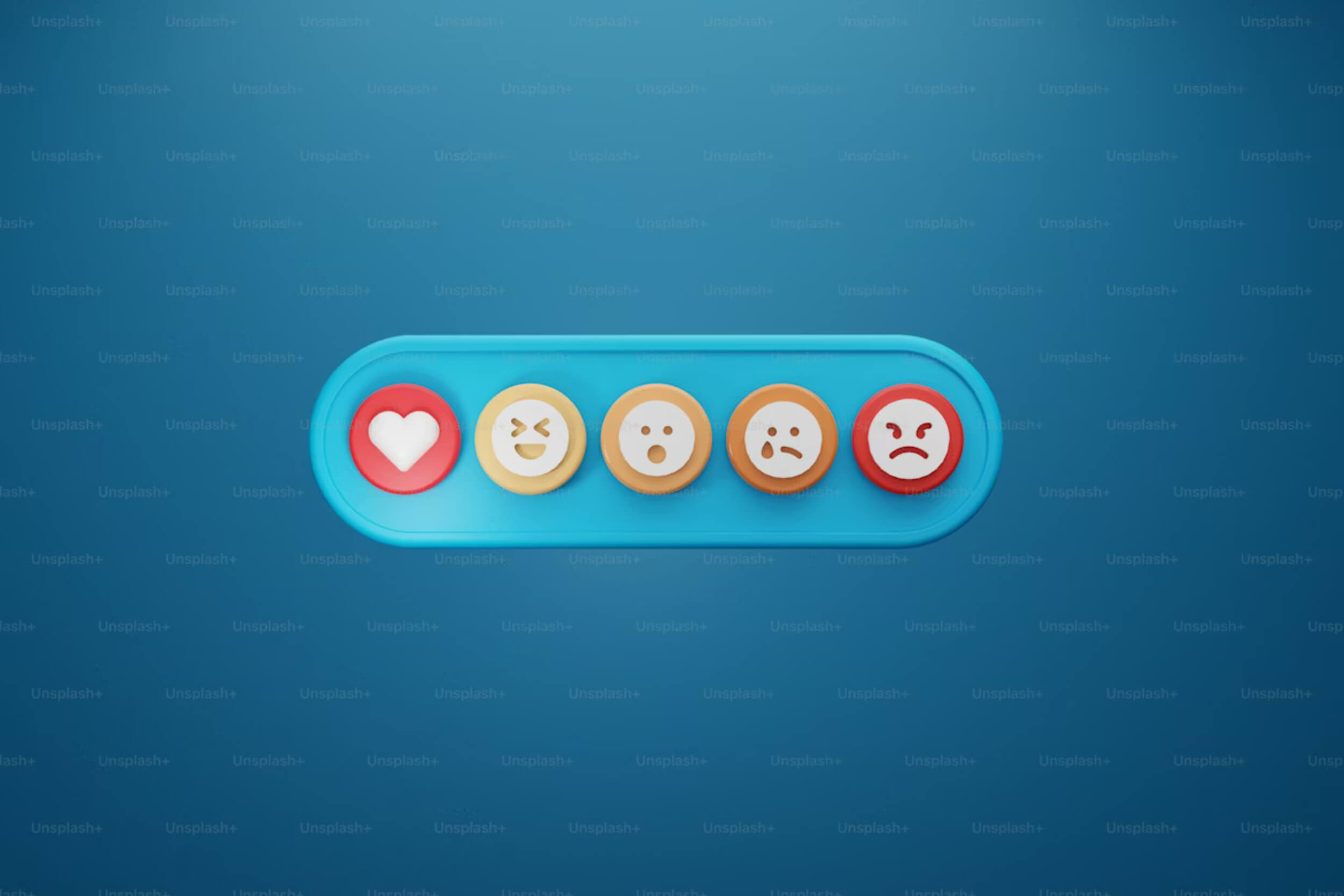Gray hair is often seen as a natural part of aging, but did you know that stress might actually speed up the process? Recent research has found a surprising link between stress and gray hair. It turns out that when we’re under a lot of stress, certain reactions in our body can cause our hair to lose its color faster than it normally would. While genetics and aging play a big part in when we get gray hair, stress seems to accelerate the process in some people.
Understanding this connection between stress and gray hair gives us insight into how our emotional health can impact our physical appearance. It’s not just about feeling frazzled—long-term stress can have a lasting effect on the body. As experts explain more about this link, we also learn ways to manage stress and, perhaps, help keep our natural hair color a little longer.
How Stress Impacts Hair Color
Stress and the Sympathetic Nervous System
When we experience stress, our body reacts quickly, even if we don’t notice it right away. One of the first things that happens is the activation of the sympathetic nervous system, which triggers our “fight or flight” response. This response is meant to help us handle stress or danger, and it floods our body with chemicals like noradrenaline to keep us alert and ready to act.
But noradrenaline doesn’t just help us react to stressful situations—it can also impact our hair. This chemical, when released in large amounts due to constant stress, interacts with our hair follicles. Inside those follicles are melanocyte stem cells, which produce melanin, the pigment that gives our hair its color. Unfortunately, noradrenaline speeds up the loss of these vital cells. Without enough melanocyte stem cells, the hair starts to lose its color, and gray hairs begin to appear. This is why stress and gray hair are often connected. So, stress not only affects how we feel but can also change how we look.
How Neurotransmitters Affect Hair Follicles
The chemicals released during the stress response are there to help us survive immediate threats. But when the stress doesn’t go away, the body stays in that “fight or flight” mode for too long. This constant release of noradrenaline and other stress hormones causes changes in different parts of the body, including our hair.
Hair follicles are home to the cells that control the color of our hair. When neurotransmitters like noradrenaline are released, they signal these cells to spring into action. Under normal conditions, the melanocyte stem cells stay calm and help produce new pigment when hair grows. But when stress levels are high, these cells become depleted much faster than they would during normal aging.
Once these pigment-producing cells are gone, they don’t regenerate. This leads to gray or even white hair. While it’s natural for hair to turn gray as we get older, long-term stress can speed up the process, making it happen much sooner than expected.
How Stress Impacts Hair Color
Stress and the Sympathetic Nervous System
When we feel stressed, our bodies react automatically through what’s called the “fight or flight” response. This is controlled by the sympathetic nervous system, which releases chemicals to help us deal with whatever threat or challenge we’re facing. One of these chemicals is noradrenaline, which is released into the bloodstream to get the body ready to handle stress.
However, noradrenaline does more than just help us feel alert. It also has an effect on our hair. The chemical interacts with hair follicles, the tiny structures in our scalp that produce hair. Within each follicle are special cells called melanocyte stem cells, which make the pigment that gives our hair its color. But when noradrenaline floods the system, these cells get depleted faster than normal. When melanocyte stem cells are reduced, the hair loses its pigment and begins to turn gray. This explains why people under constant stress might notice more gray hair appearing earlier than they expect. Stress and gray hair are closely connected through this biological reaction.
The Role of Melanocytes in Hair Pigmentation
Melanocytes are the cells responsible for producing melanin, the natural pigment that gives our hair its color. These cells live inside the hair follicles, and every time a new hair grows, melanocytes release melanin, which determines whether your hair is black, brown, blonde, or red.
As we get older, these melanocyte cells naturally start to wear out, which is why most people’s hair turns gray with age. But stress can speed up this process. When the body is constantly exposed to stress, it leads to a faster depletion of these melanocyte cells, meaning they stop producing melanin earlier than they would otherwise. Once these cells run out, they don’t regenerate. So, without melanin, the new hair that grows from those follicles lacks pigment, turning gray or white.
The stress-induced loss of melanocytes means gray hair can appear long before its time. While we can’t stop aging, managing stress can help slow down how quickly we lose these vital cells. This explains why people who live under high stress might go gray much sooner than others, even if they’re still relatively young.
Scientific Studies on Stress-Induced Graying
Harvard Study on Stress and Gray Hair
Harvard University researchers, led by Dr. Ya-Chieh Hsu, uncovered a fascinating link between stress and gray hair. To explore this, they conducted experiments on mice, exposing them to different kinds of stress, like physical pain, psychological pressure, and restricted movement. Afterward, the researchers noticed a clear increase in the appearance of gray hairs in the mice.
The study revealed that stress causes the depletion of melanocyte stem cells—the cells responsible for giving hair its color. This is significant because when these cells are gone, they don’t come back, resulting in permanent gray hair. By testing different types of stress, the researchers were able to see how the body reacts and how stress leads to graying. These findings showed a clear connection between stress and gray hair, explaining why people might go gray sooner if they’re under constant stress.
The Role of Noradrenaline and the Fight-or-Flight Response
One of the most important discoveries from the Harvard study was the role of noradrenaline, a chemical released during stress. When we experience stress, our bodies go into “fight-or-flight” mode, releasing noradrenaline to help us deal with the situation. This chemical, however, also affects hair follicles. It forces the melanocyte stem cells to leave the follicle, which leads to the loss of pigment, turning hair gray.
Interestingly, even mice that had their adrenal glands removed—organs that typically release stress hormones—still experienced graying when exposed to stress. This showed that noradrenaline plays a direct role in stress-induced gray hair, regardless of other hormones. These findings further emphasize how deeply stress impacts our bodies. The way stress triggers noradrenaline could explain why some people experience gray hair earlier in life, making it crucial to manage stress levels to maintain overall health and potentially slow down graying.
Other Causes of Gray Hair Beyond Stress
Genetics and Its Role in Graying
While stress can speed up the graying process, genetics plays the biggest role in when and how much gray hair we get. If your parents or grandparents turned gray early, chances are you might too. It’s all about the genes passed down from one generation to the next. Some people are genetically predisposed to gray early, regardless of their stress levels or lifestyle.
Genetics determines when melanocyte stem cells in the hair follicles begin to diminish, leading to gray hair. So, if your family members started graying in their 30s or 40s, you might notice the same thing happening to you around that age. Stress can influence the process, but for most people, it’s primarily hereditary.
Lifestyle Factors (Smoking, Diet, Vitamin Deficiency)
Aside from genetics and stress, certain lifestyle habits can also contribute to gray hair. Smoking, for instance, has been shown to speed up graying. Smoking leads to oxidative stress, which damages hair follicles and accelerates the loss of pigment.
Your diet can also play a role. If you’re lacking in key vitamins and minerals, like B12, copper, or iron, it may impact your hair’s ability to maintain its color. A deficiency in these nutrients weakens your hair and might contribute to premature graying. Eating a well-balanced diet rich in vitamins and minerals is essential to keep both your body and your hair healthy, and to delay the appearance of gray hair as much as possible.
Preventing Stress-Related Graying
Stress Management Techniques
Managing stress is key to slowing down stress-related graying. Simple relaxation techniques like meditation, deep breathing exercises, and yoga can help reduce stress levels. These activities calm your mind and body, which lowers the release of stress hormones that can lead to gray hair. Another helpful practice is mindfulness—being present in the moment and letting go of worries about the future.
It’s also important to take regular breaks from work and other responsibilities. A short walk, spending time outdoors, or even just sitting in a quiet space can help recharge your mental energy. Engaging with nature or taking up a hobby can significantly lower your stress levels. The less stress you experience, the less likely your body will trigger the processes that contribute to gray hair. Balancing work, relaxation, and time spent with loved ones all play a role in reducing stress and keeping your hair healthier.
Diet and Nutrition
What you eat plays a huge part in keeping your hair healthy. A balanced diet filled with antioxidants, vitamins, and healthy fats can slow down the graying process. Foods like salmon, walnuts, and leafy greens are great sources of omega-3 fatty acids and antioxidants, which protect your hair from damage caused by stress.
Fruits and vegetables are especially important for their high levels of vitamins like A, C, and E. These help fight oxidative stress, which can speed up graying. A good diet doesn’t just benefit your body—it also keeps your hair looking its best for longer.
Hydration and Sunlight
Staying hydrated supports healthy hair growth by keeping your cells, including those in your hair follicles, nourished. Drinking enough water daily is key. Additionally, sunlight helps your body produce Vitamin D, which is essential for hair health. A little sunshine each day can make a big difference for your hair.
Future Research and Potential Treatments
Scientists are continuing to explore how stress and gray hair are connected, focusing on studies involving humans. Ongoing research aims to better understand how stress causes hair to lose its color, particularly how it affects melanocyte stem cells. Exciting new treatments are being investigated to protect or even regenerate these pigment-producing cells. In the future, these treatments might help prevent or reverse stress-induced graying. While this research is still in its early stages, the hope is that one day we could manage graying hair by targeting the biological processes that stress triggers in our bodies.
Final Thoughts on the Connection Between Stress and Gray Hair
Gray hair is a natural part of getting older, but stress can make it show up sooner than expected. Stress and gray hair are linked through the body’s biological processes, especially with how stress affects pigment-producing cells. While genetics play a big role, managing stress is important to slow down premature graying. Simple changes like eating well, staying active, and reducing stress can help. Plus, with ongoing research, future treatments may offer even more solutions. Taking care of your mind and body now could keep your hair looking vibrant for longer.















